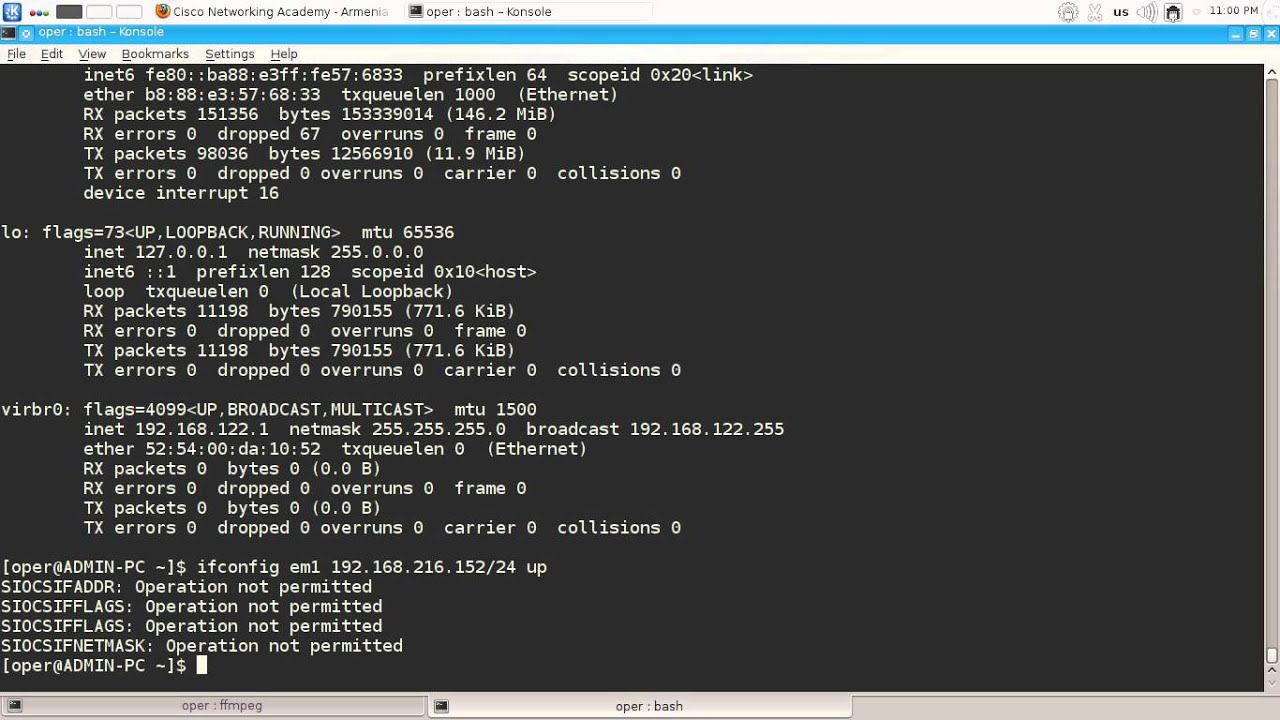
Remember that if you do it with the files downloaded from my 4Shared, you must take it into account when enter the name in the command for installation.
#HEIMDAL COMMAND LINE FOR MAC DOWNLOAD#
These two files that I leave you, they are of a lower version to those that you can see in the installation video, this is due to the multiple crashes and crashes of the page of Heimdall, so I have chosen to add the ones that I have saved in my page 4Shared.Īnyway try to enter the official page of Heimdall and download the files that I have marked in the video. To set/configure the Computer's Name, the Local HostName, or the HostName, you can use the scutil command line (more info here: ) with sudo permissions.We must download directly from Heimdall's official website the file heimdall_1.3.1_b and heimdall-frontend_1.3.1_b.


In order to solve the situation, you have to make sure that your macOS device has a HostName set/configured since a macOS HostName can only be changed by the system administrator and CANNOT be changed by network issues or network-related services. If the Local HostName is manually set, it will ignore the Computer's Name. Local HostNames aren’t case sensitive, so support-macos.local is the same as Support-macOS.local). If the Local HostName is not manually configured, the OS will use the Computer Name to generate a Local HostName (for example, if your Computer’s Name is Support macOS, your Local HostName will be Support-macOS.local. When the HostName is not set, running the hostname -s command line will display the Local HostName (or Local Network Name). When the HostName is set, the device is no longer identified in the network by Local HostName or Computer Name). HostName - a strict name given to the device (that is NOT set/configured during OS installation that can only be manually set by the system administrator and cannot include spaces, commas, apostrophes) with the highest priority.If the Local HostName is manually configured, it bypasses the Computer's Name (until setting another Computer Name)

#HEIMDAL COMMAND LINE FOR MAC MAC#
It is used to identify the mac device to Bonjour-compatible services (Bonjour Hello). local added (when the Local HostName is not manually configured), and any spaces/commas/apostrophes are replaced with hyphens.

In order to identify and list an endpoint/device in the HEIMDAL Dashboard, the HEIMDAL Agent collects the following details: This issue happens because of the way a mac Operating System manages and prioritizes the Computer Name, the Local HostName, and the HostName details when being requested by the HEIMDAL Agent and displayed by the HEIMDAL Dashboard.


 0 kommentar(er)
0 kommentar(er)
